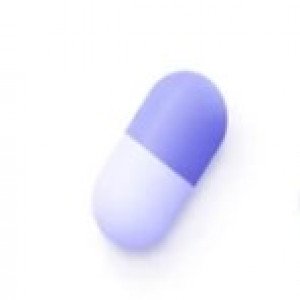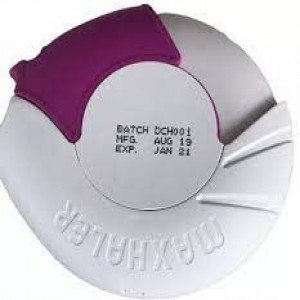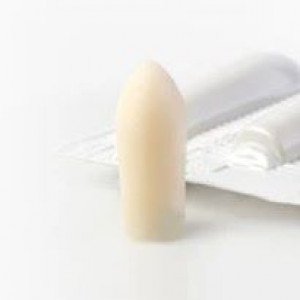 Welcome
Welcome
“May all be happy, may all be healed, may all be at peace and may no one ever suffer."
- A
- B
- C
- D
- E
- F
- G
- H
- I
- J
- K
- L
- M
- N
- O
- P
- Q
- R
- S
- T
- U
- V
- W
- X
- Y
- Z
Anofer 100mg / 5ml
Feofer 100mg / 5ml
Maxifer 100mg / 5ml
Nefrofer 100mg / 5ml
Veronem 1gm / vial
Merocon 500mg / vial
Ferimax 200mg / 10ml
Pralidox 1000mg / ml
Inpen 500mg / vial
Enrifer 500mg / 10ml
I-Penam 1gm / vial
IV Injection or Infusion - Brands
IV (intravenous) injection or infusion is a method of delivering fluids, medications, and nutrition directly into the bloodstream through a vein. This method of administration is commonly used in hospitals and clinics to treat various medical conditions. Here are some general steps for using IV injection or infusion:
- Preparation: Before starting an IV injection or infusion, the healthcare provider will assess the patient's medical history, vital signs, and fluid and electrolyte levels. They will also choose the appropriate IV catheter size and select the solution and medication that will be administered.
- Catheter insertion: The healthcare provider will clean the patient's skin with an antiseptic solution and insert the IV catheter into a vein. The catheter is usually inserted into the arm, hand, or wrist.
- Connecting the IV tubing: If using an infusion, the healthcare provider will connect the IV tubing to the catheter and secure it in place with tape. The tubing will be connected to a bag of fluids or medications that will be administered. If using an injection, the healthcare provider will attach a syringe filled with the medication to the catheter.
- Administering the medication: If using an infusion, the healthcare provider will adjust the infusion rate based on the patient's needs and condition. If using an injection, the healthcare provider will slowly inject the medication into the catheter.
- Post-injection or infusion care: After the injection or infusion is complete, the healthcare provider will remove the catheter and apply pressure to the insertion site to prevent bleeding. They will also monitor the patient for any adverse reactions or complications.
Here are some important tips to keep in mind:
- Always use a sterile technique when inserting the IV catheter and handling the IV tubing.
- Monitor the patient's vital signs, urine output, and electrolyte levels during the infusion.
- Observe the patient for any signs of infection, infiltration, or phlebitis.
- Make sure to document the injection or infusion, including the date, time, solution, medication, and infusion rate.
Overall, IV injections or infusion is a common method of delivering fluids and medications directly into the bloodstream. It's important to follow proper techniques and safety measures to prevent infection and ensure effective treatment. If you have any questions or concerns, speak with your healthcare provider.
How to use IV Injection or Infusion?
An IV injection or infusion refers to the delivery of medication, fluid, or nutrition directly into a patient's bloodstream through an intravenous (IV) catheter.
An IV injection is a bolus injection of medication or fluid into a vein, which is usually administered rapidly over a few minutes. It is often used for the immediate treatment of emergency conditions such as allergic reactions, pain relief, or resuscitation.
On the other hand, an IV infusion is the slow and continuous delivery of medication or fluid over a longer period, which can last from minutes to hours or days. IV infusions can be used for a variety of purposes, such as hydration, electrolyte balance, chemotherapy, antibiotic therapy, or parenteral nutrition.
The main difference between an IV injection and an infusion is the rate and duration of administration. An IV injection delivers medication or fluid quickly and in a single dose, while an IV infusion delivers medication or fluid slowly and continuously over a longer period.
It is important to follow the specific instructions provided by the healthcare provider or the medication label when administering an IV injection or infusion, including the proper dosage, rate, and precautions to minimize the risk of complications such as infection, infiltration, or extravasation. If you have any questions or concerns about administering an IV injection or infusion, talk to your healthcare provider or pharmacist for guidance.

Capsule

Maxhaler

Suppository

Scalp Lotion

LC Soap

Suspension

IM/SC Injection

Topical Gel
IV Injection or Infusion, How to use IV Injection or Infusion, আইভি ইনজেকশন বা ইনফিউশন
To be happy, beautiful, healthy, wealthy, hale and long-lived stay with DM3S.